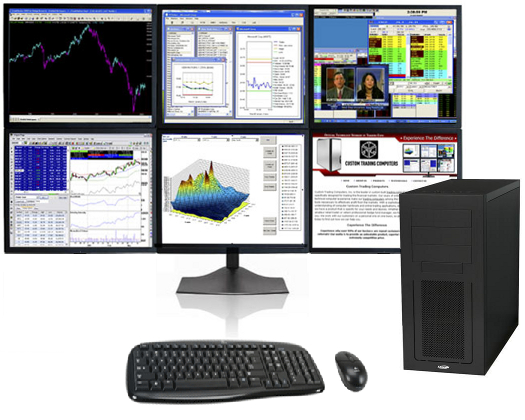Our Blog - Insights from our Designers...
Talking with customers gives us ideas for discussion topics.
We hope our insights will help you select the computer system best suited to your situation.
Examples of our blog discussions include:
- Information that helps people select a
Trading Computer.
- Resolving misconceptions about computing hardware and software.
- Interesting trading related experiences.
- and more.
We enjoy helping our customers find answers.
If you're curious about something about
computers used for financial trading, please
send us an email.
Your insights or questions might uncover things that could help others,
and add to our list of blog topics.


